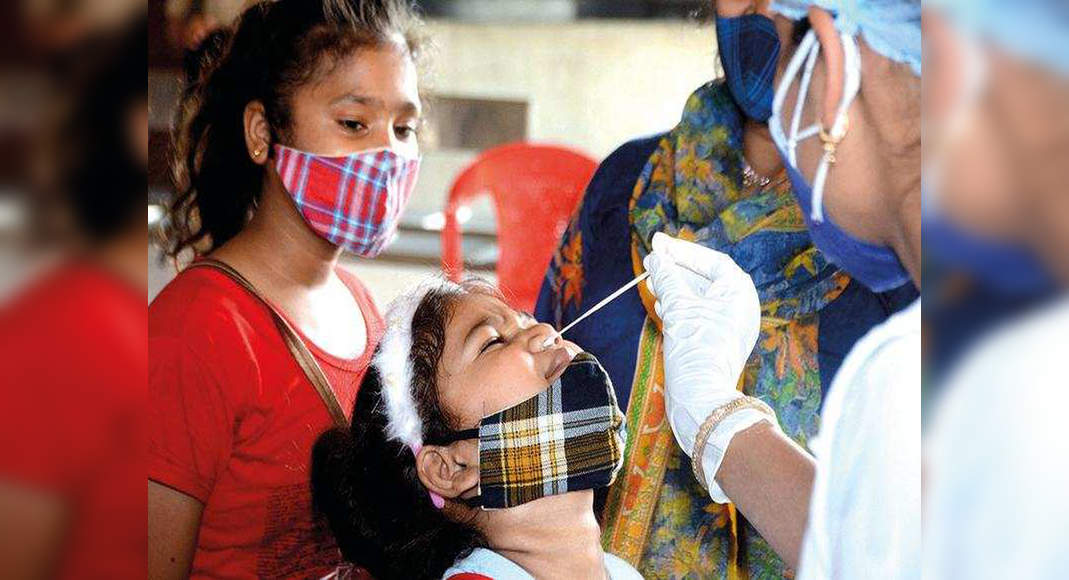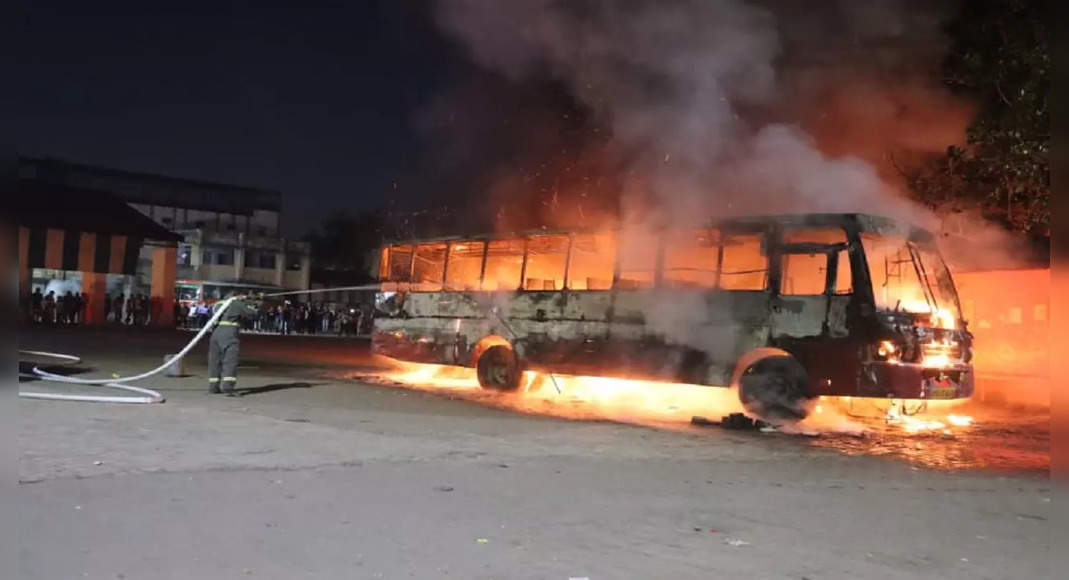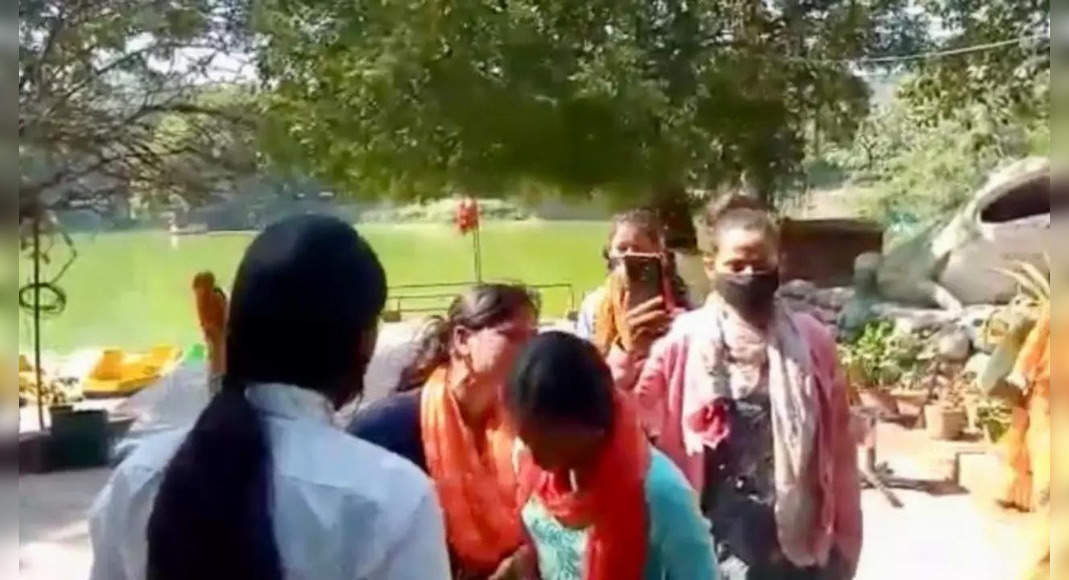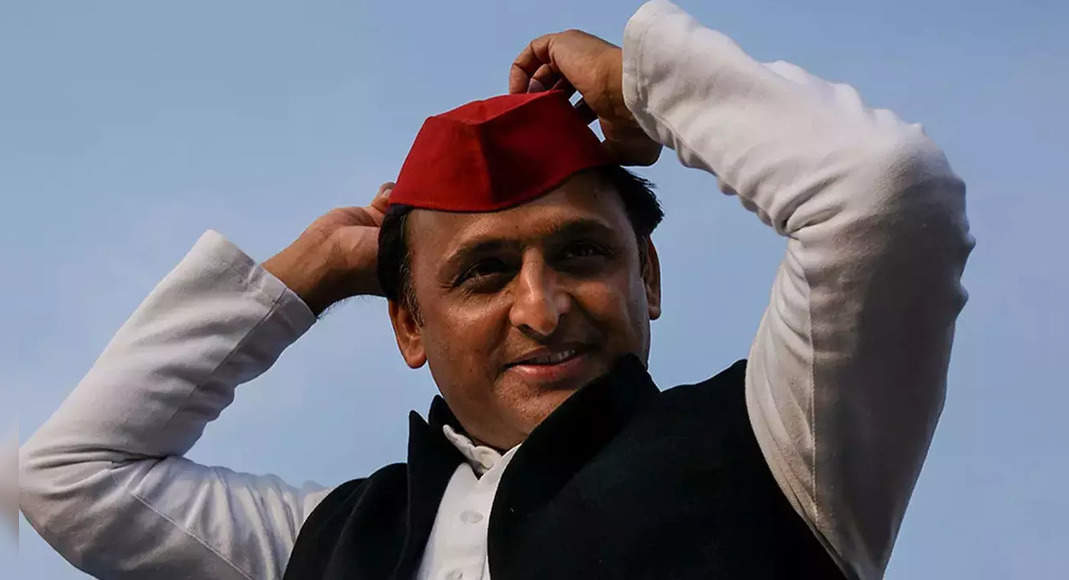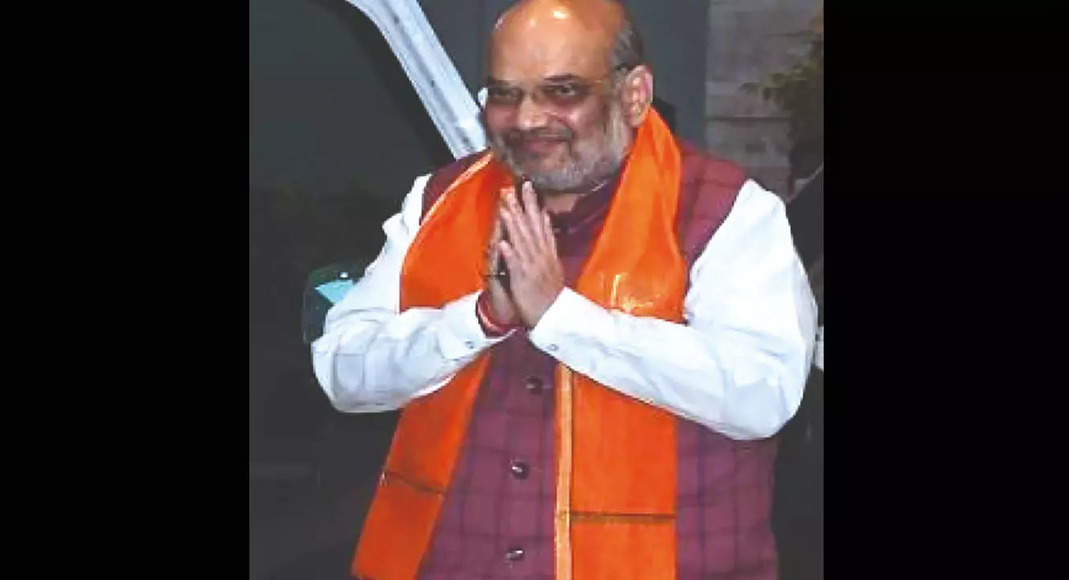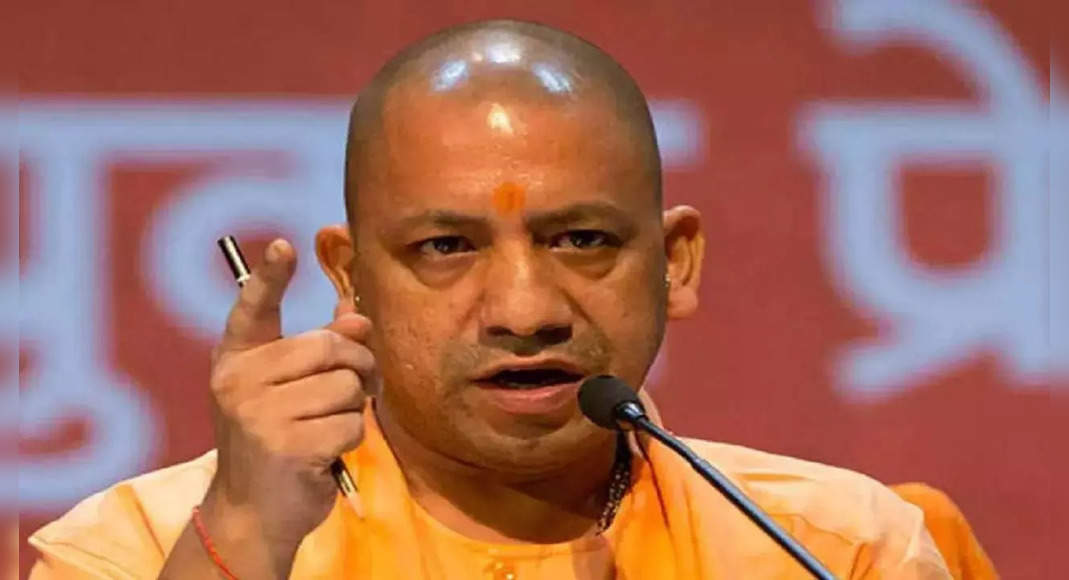LUCKNOW: After Prime Minister Narendra Modi expressed concern over the safety of children in view of coronavirus pandemic, Prof Ram Shanker Upadhyaya, an expert on infectious and communicable disease, said children are safer than adults so far as the virus is concerned.
“As the number of people testing positive for Covid-19 increased, the number of children contracting infection went up.
However, we have not seen a sudden spike in the overall percentage of children getting affected by Covid-19 in India,” he said.
Asked how safe the children are in ongoing pandemic, he said in the second wave, it was noticed that the entire households got infected with the virus due to which children were also affected.
“According to UNICEF report, India has witnessed very few severe cases of Covid-19 among children where they required hospitalization.
Data from across the world, and India, has shown that infection in children has been very mild,” said Prof Upadhyaya, who hails from Agra.
Comparing the severity of infection between adults and children, he said about 60-70% children who got infected were asymptomatic.
“Of the children who were symptomatic, only around 1-2% required treatment at the intensive care unit.
This number is less than the percentage of adults requiring intensive care,” he said.
“A small population of children may develop severe infection, though this is less common than in adults and the elderly,” he said.
Speaking on the reason behind better response by children against infection, he said: “Children produce antibodies aimed at SARS-CoV-2 spike protein, which the virus uses to enter cells.
Adults generate similar antibodies, but also develop antibodies against nucleocapsid protein, which is essential for viral replication.” “Children lack nucleocapsid-specific antibodies which suggests that they aren’t experiencing widespread infection.
Children’s immune responses seem to be able to eliminate the virus before it replicates in large numbers.
It is a myth that children are superspreaders,” Prof Upadhyaya said.
Asserting that children are better at neutralizing the virus, he said: “T cells in children are relatively naive.
T cells are part of the body’s adaptive immune system, which learns to recognize pathogens it encounters over a lifetime.
As T cells are untrained, they might have a greater capacity to respond to new viruses.
Children also have a strong innate immune response since birth.” Asked about his views on the nature of the possible third wave of pandemic, Prof Upadhyaya said the gap between the first and second peak in India was about six months.
“It is expected that in the absence of any new variant, the third wave may be anywhere between 3-6 months.
By that time, India will be placed in a better scenario as nearly 20-30% population would be completely vaccinated (higher if vaccination is ramped up),” he said.
He said if no new variants appear, it can be presumed that either the same or lower number of infections would occur.
Asked about suggestions, he said the government should be proactive in testing and constant realtime monitoring of cases.
“At the initial hint of an upcoming wave, controlled lockdown is the only way to prevent catastrophic outcomes,” he said.
“The third wave is believed to have started in UK.
Given that nearly 40% of population is fully vaccinated and nearly 60% have received first dose, the epidemiological turnout in UK remains to be seen.
On the basis of the situation in UK, India can plan to contain the effect of third wave,” Prof Upadhyaya said.

